Note: the plants in the nursery are green with maybe a hint of a little red on the margins. Although there are cultivars available with notable deep burgundy leaves, colors ranging from green to purple naturally occur in the wild. Green/purple plants are not necessarily indicative of a cultivar. If you allow yours to re-seed, do not be surprised to find ones that are more red among the population. The ones in my garden are somewhere in between purple and green, as can be seen in the photo.
There are many Salvia – also known as sage – native to the United States, but only one is native to Pennsylvania. As far as I’m aware, this is not a preferred forage plant. Sam Thayer’s Field Guide to Edible Wild Plants mentions “the basal leaves have a strange and terrible flavor, and they are sandy. But the tender shoots are just barely good enough to eat on purpose. Try them in spring well before they bloom.”
I think I’ll pass. Good to know that’s an option in a dire situation. I much prefer to use this as a groundcover or as one of the many components of a wild native lawn. They can be walked on. The basal rosettes tend to lie flat against the ground, especially in shadier, drier conditions. In sunnier conditions with more moisture, they will certainly perk up.
As a drought-tolerant plant that likes well-drained soil, I also use this heavily in my root garden. A root garden is like a rock garden as far as soil conditions go. Even if the soil itself isn’t rocky or sandy, the tree roots are very quick to suck up excess moisture, contributing to a well-draining site. In some cases where you have old trees and a lot of dense root growth, the ground sounds hollow. You may have noticed this in older, mature forests. Your footsteps will be dampened and create a low, drumming thud. These are not conditions in which the soil would hold moisture for long durations.
That being said, lyreleaf sage can also tolerate periodic ponding, and can be utilized in rain gardens. In fact, there’s very little this plant does not tolerate. I have read reports that deer and rabbits may occasionally browse this plant; however I haven’t seen it. Mine are more likely to have slug and snail damage than deer. It could be because the darker leaves on my garden plants blend in a bit better with the surrounding leaf litter. I will need to test and update with plants that are a bit more visible.
Most of the year the plant remains a leafy rosette close to the ground. In May, each plant puts out a flowering spike topped with flowers consistent with those in the mint family. These grow very quickly from seed, and you’re likely to see blooms by the second year. Allowed to reseed, they will naturalize and spread throughout any available open space.
These are grown mostly for their pollinator value; however southern pink moths (which have been spotted in southeastern PA) do host on Salvia. If you wish to help support these moths as they move northwards, make sure you have at least some kind of salvia in your garden. b

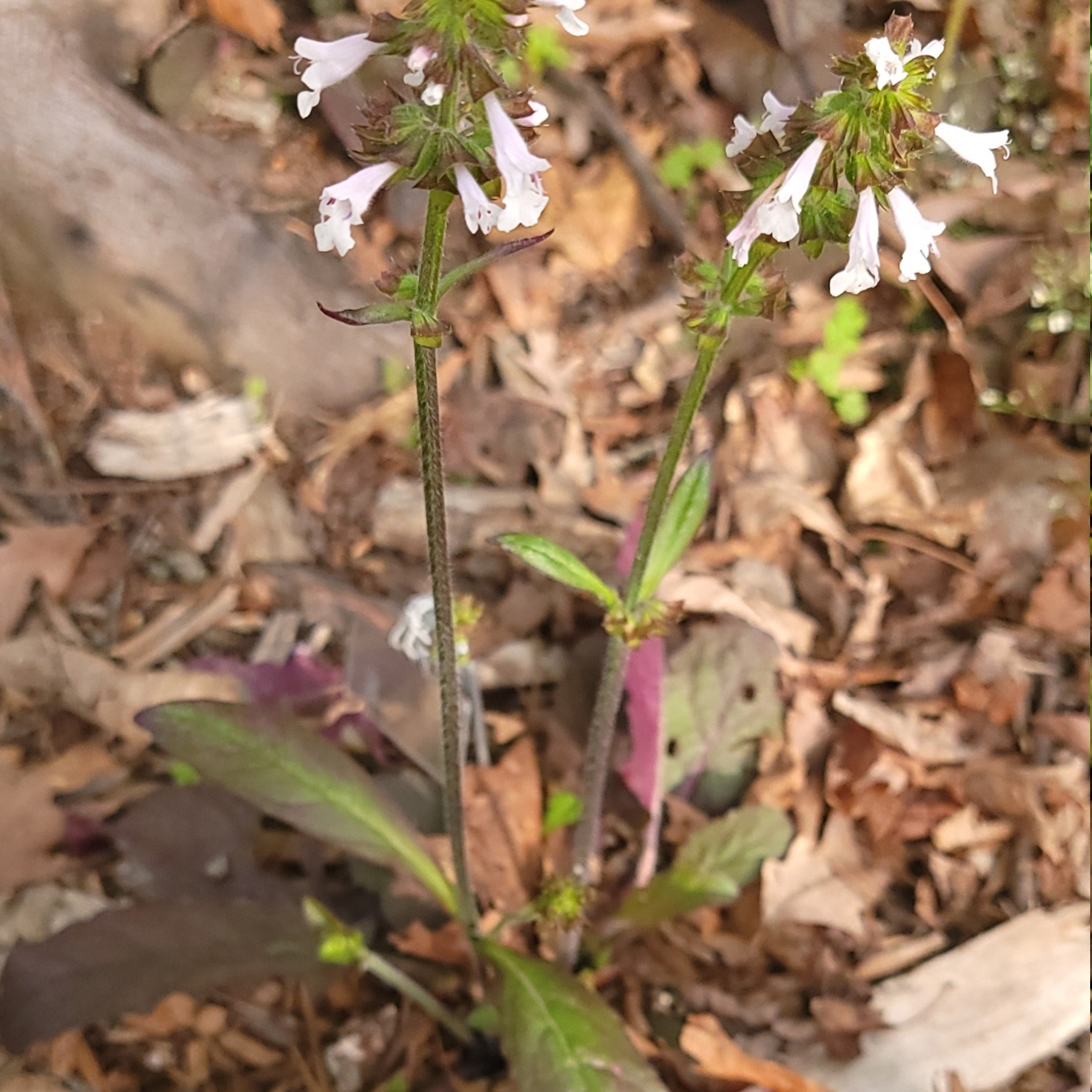

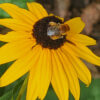


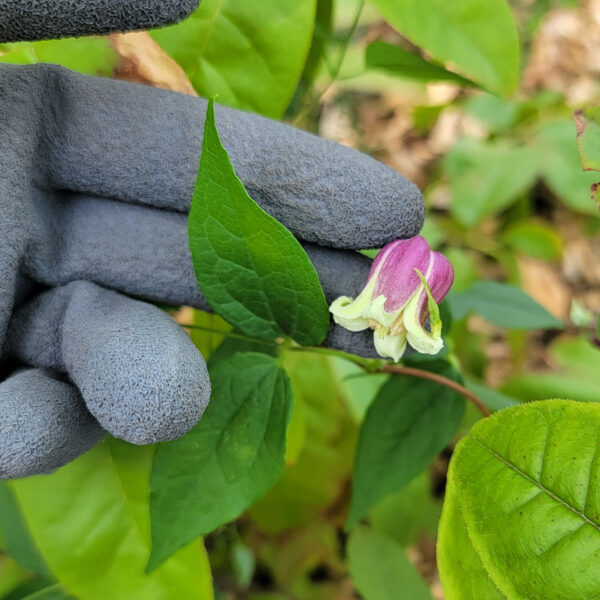






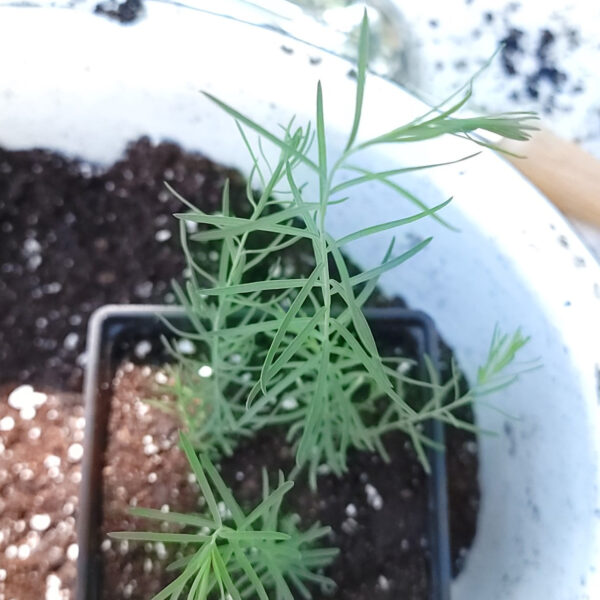

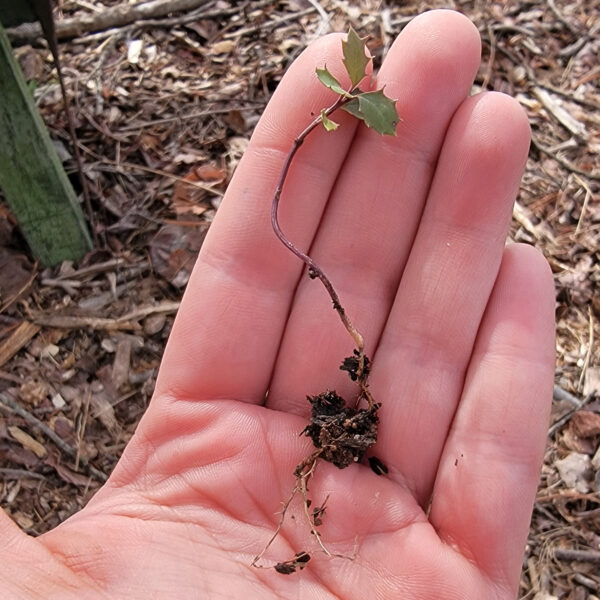

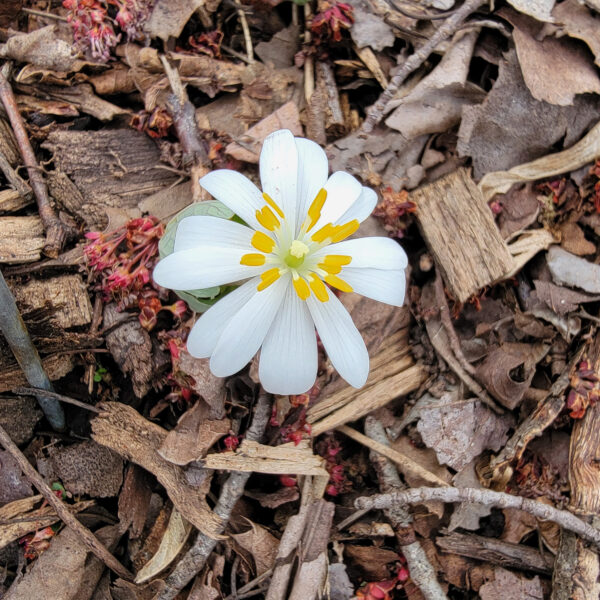






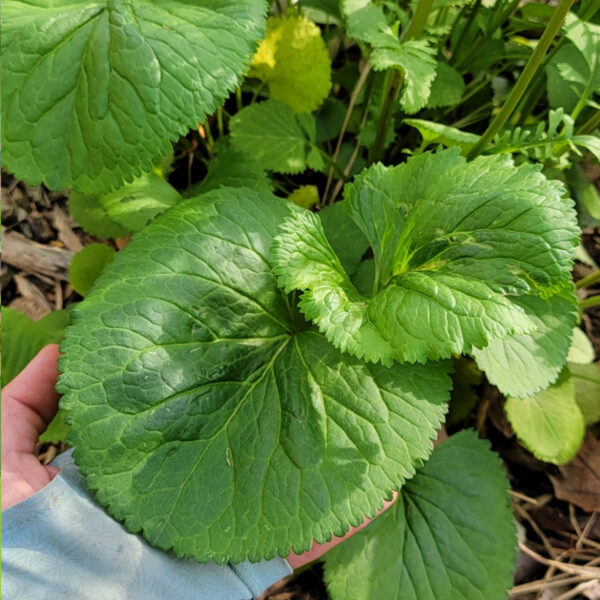
Reviews
There are no reviews yet.